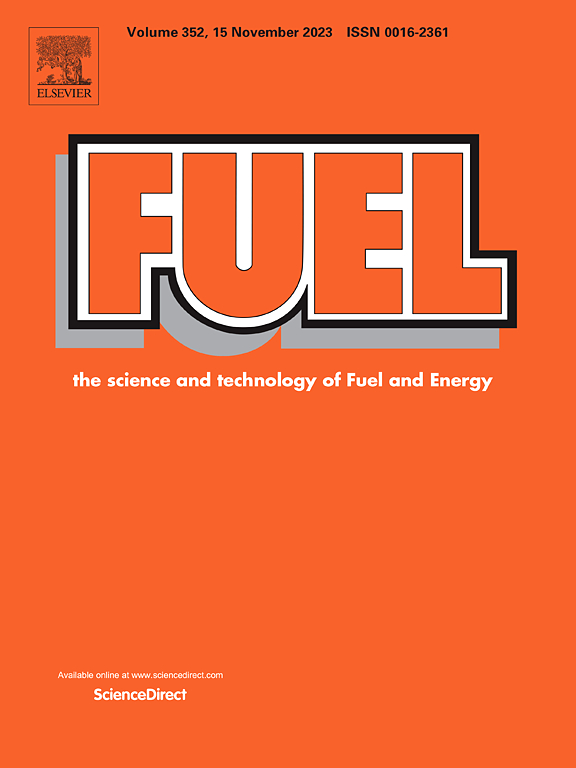Optimization and characterization of biocoal production from giant leucaena wood and sugarcane leaf via dry torrefaction process
IF 6.7
1区 工程技术
Q2 ENERGY & FUELS
引用次数: 0
Abstract
The efficiency of conventional biomass as a direct solid fuel is often limited by its high moisture content, volatile organic compounds and low heating value. This study optimizes the production of biocoal from giant leucaena wood (GL) and sugarcane leaf (SL) through dry torrefaction using response surface methodology (RSM) and central composite design (CCD). The torrefaction temperature and retention time of the GL were optimized at 275 °C and 9 min, respectively, providing biocoal with higher heating value (HHV) of 24.05 MJ/kg and energy yield of 73.19 %. The optimized conditions for torrefaction of the SL were performed at 225 °C for 30 min, providing biocoal with HHV of 22.47 MJ/kg and energy yield of 76.93 %. The torrefaction process primarily produced torrefied solids, followed by condensates and non-condensable gases, including CO2, CO and CH4. The biocoal derived from woody biomass had better combustion efficiency and completeness of combustion than commercial coal (sub-bituminous) and biocoal derived from non-woody biomass.

求助全文
约1分钟内获得全文
求助全文
来源期刊

Fuel
工程技术-工程:化工
CiteScore
12.80
自引率
20.30%
发文量
3506
审稿时长
64 days
期刊介绍:
The exploration of energy sources remains a critical matter of study. For the past nine decades, fuel has consistently held the forefront in primary research efforts within the field of energy science. This area of investigation encompasses a wide range of subjects, with a particular emphasis on emerging concerns like environmental factors and pollution.
 求助内容:
求助内容: 应助结果提醒方式:
应助结果提醒方式:


